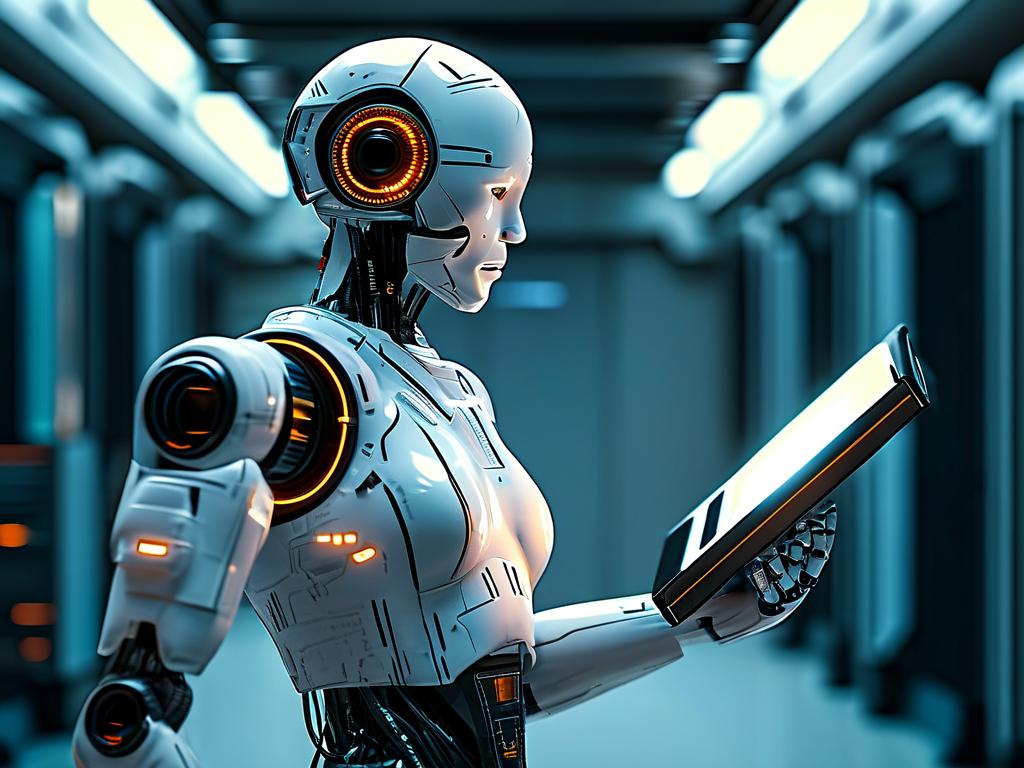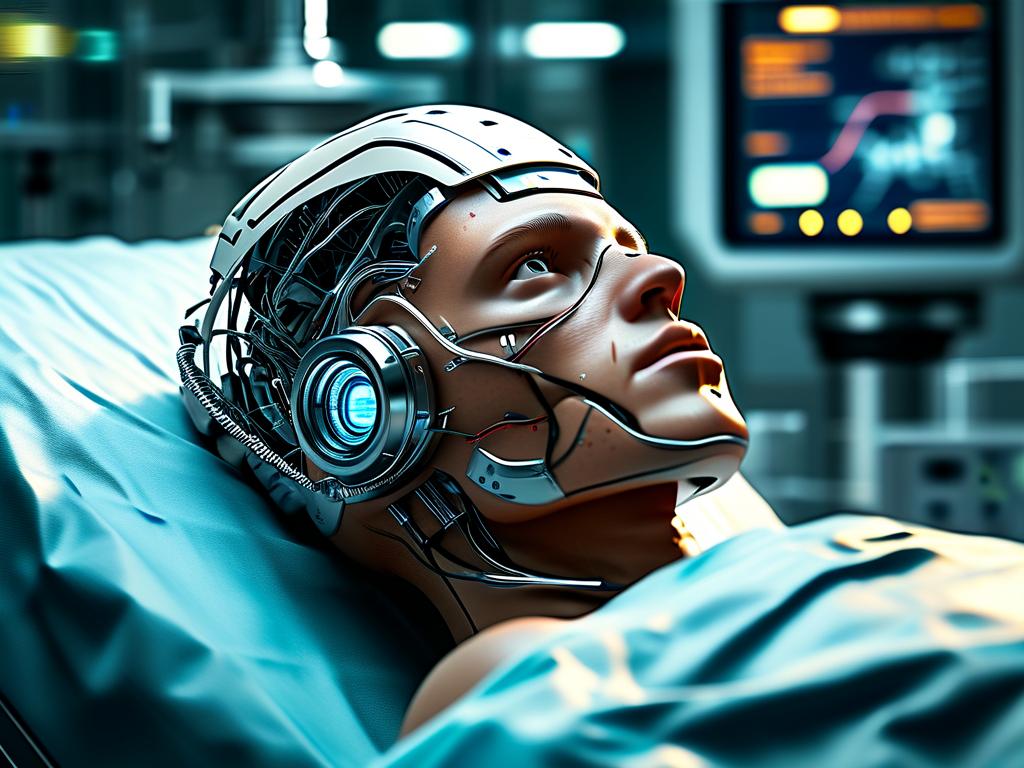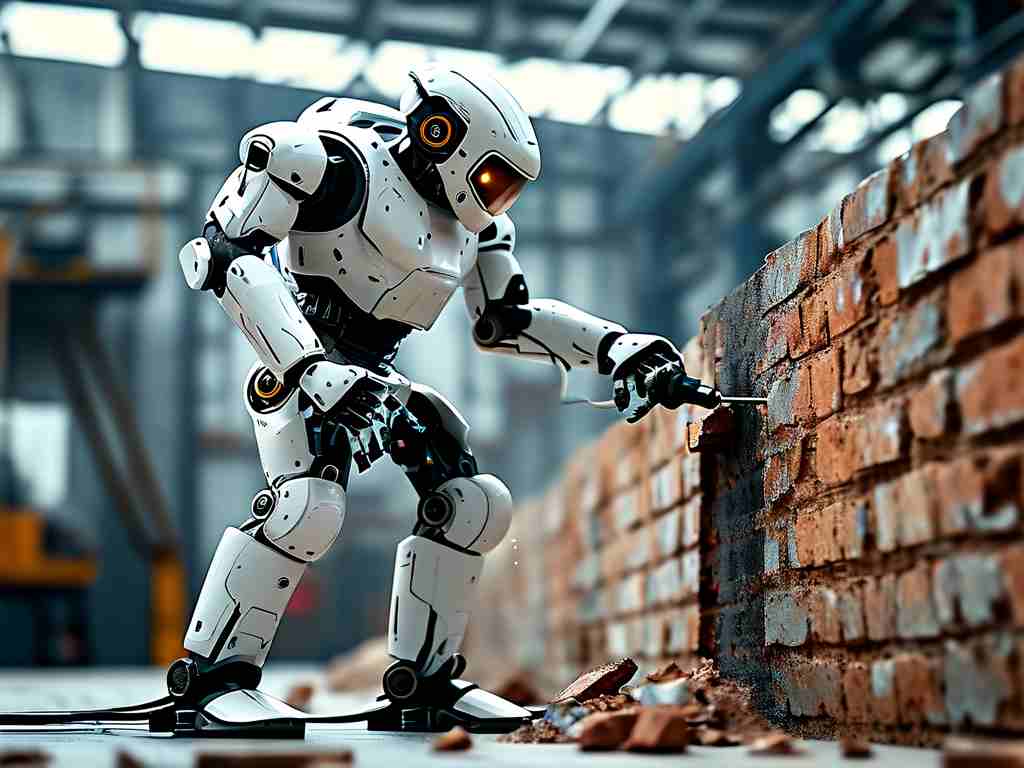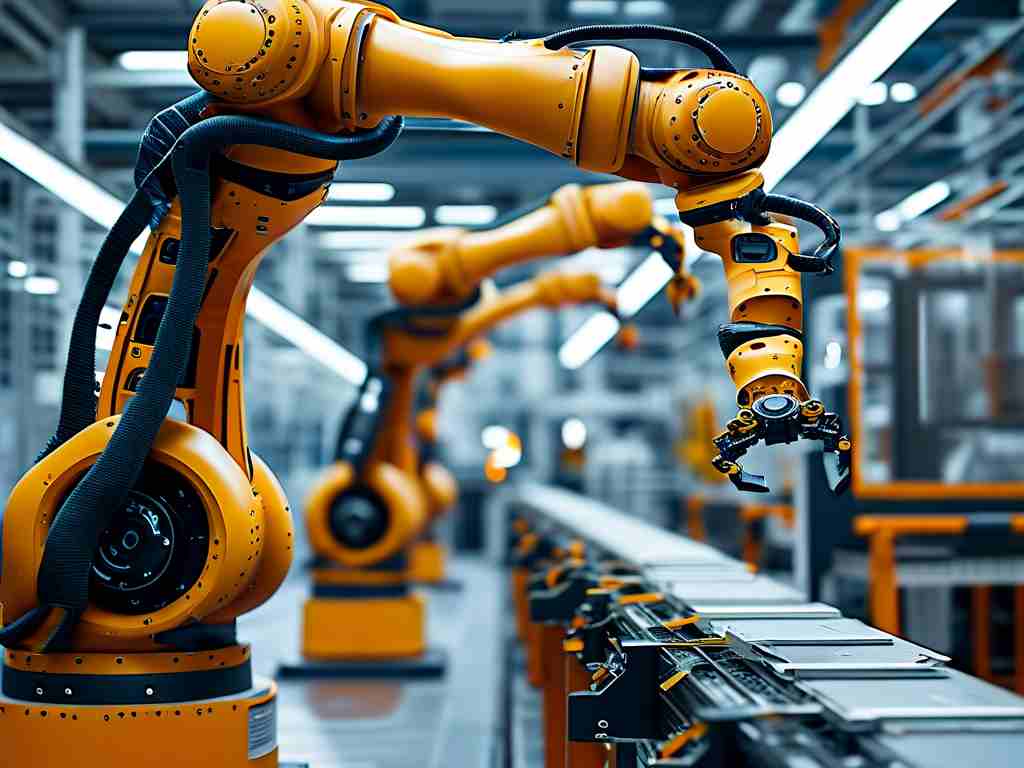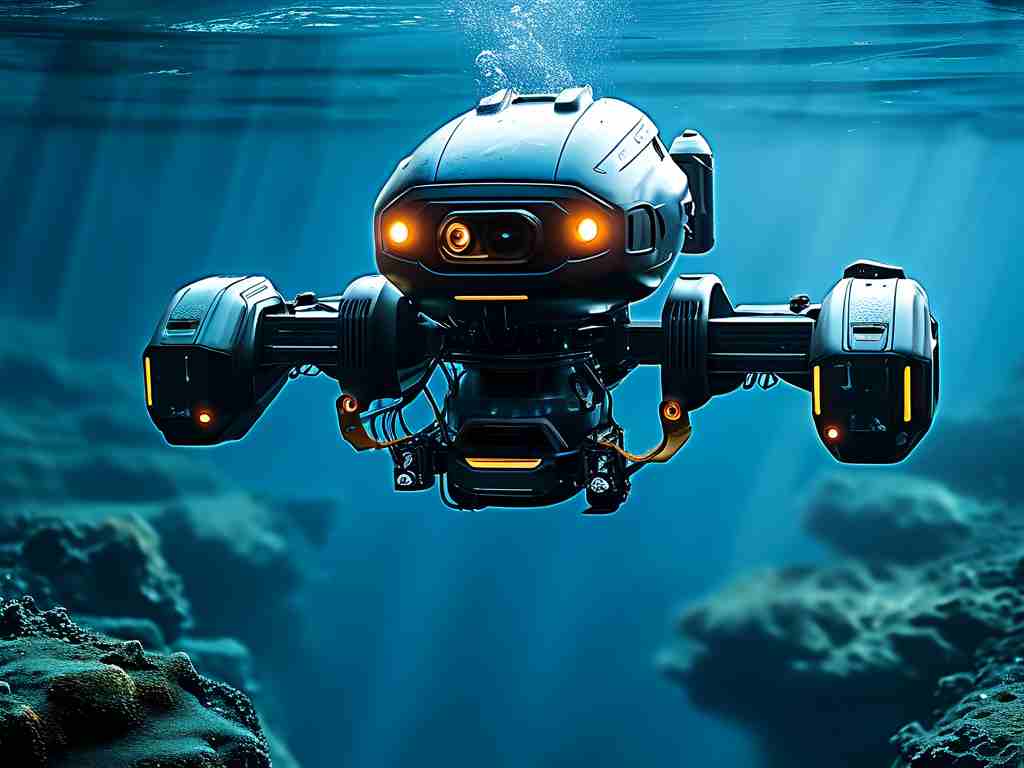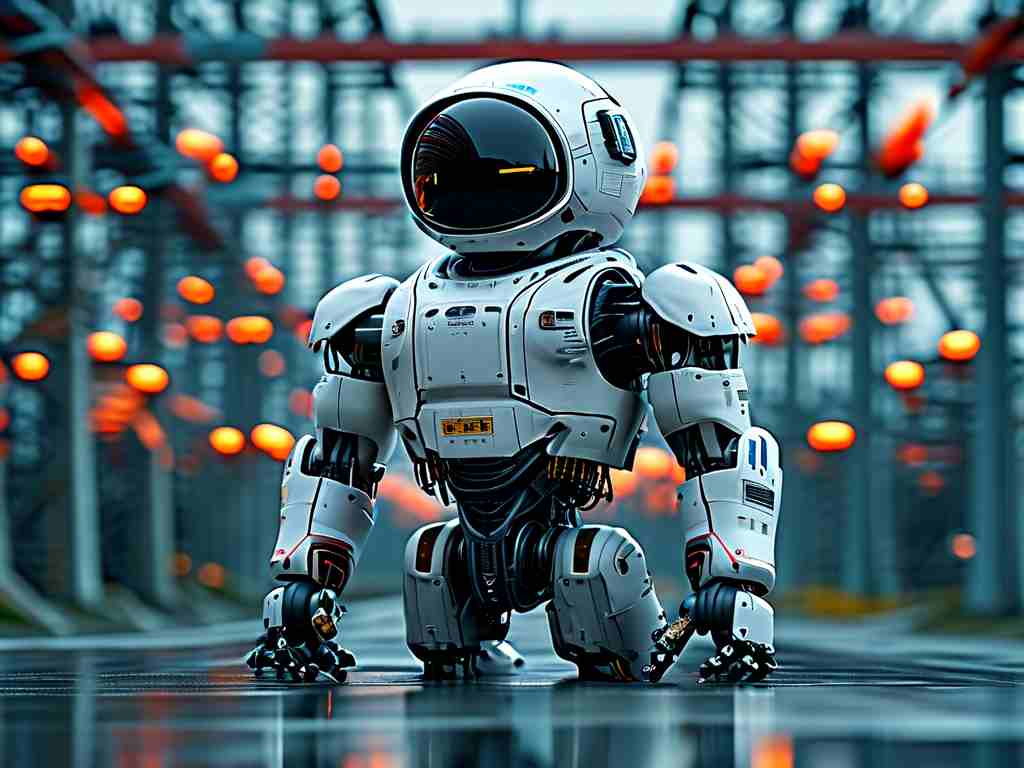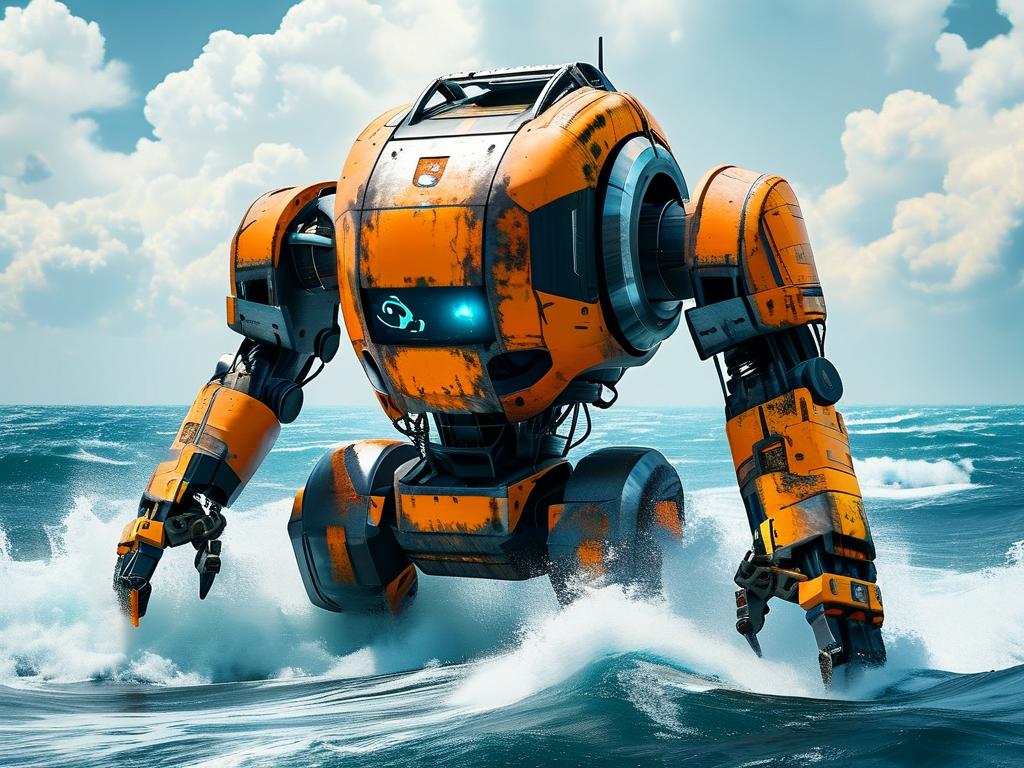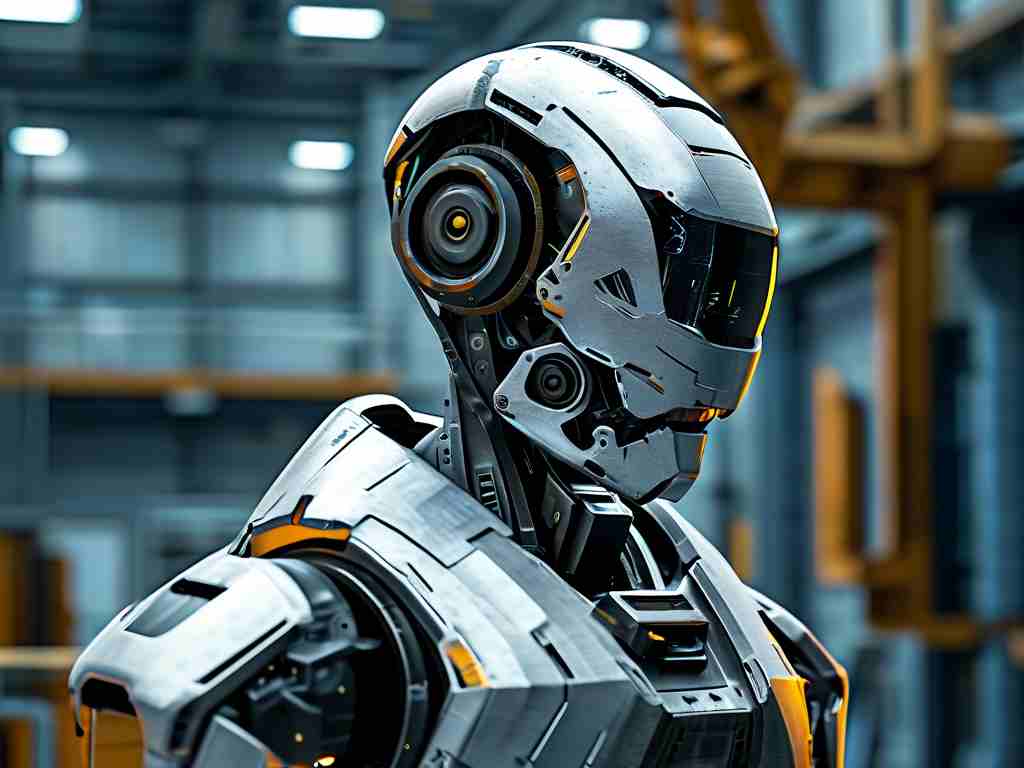Modern agricultural and horticultural practices are increasingly adopting robotic watering systems to optimize plant care. This article delves into the technical principles behind these autonomous devices, revealing how sensors, algorithms, and mechanical engineering converge to redefine irrigation efficiency.
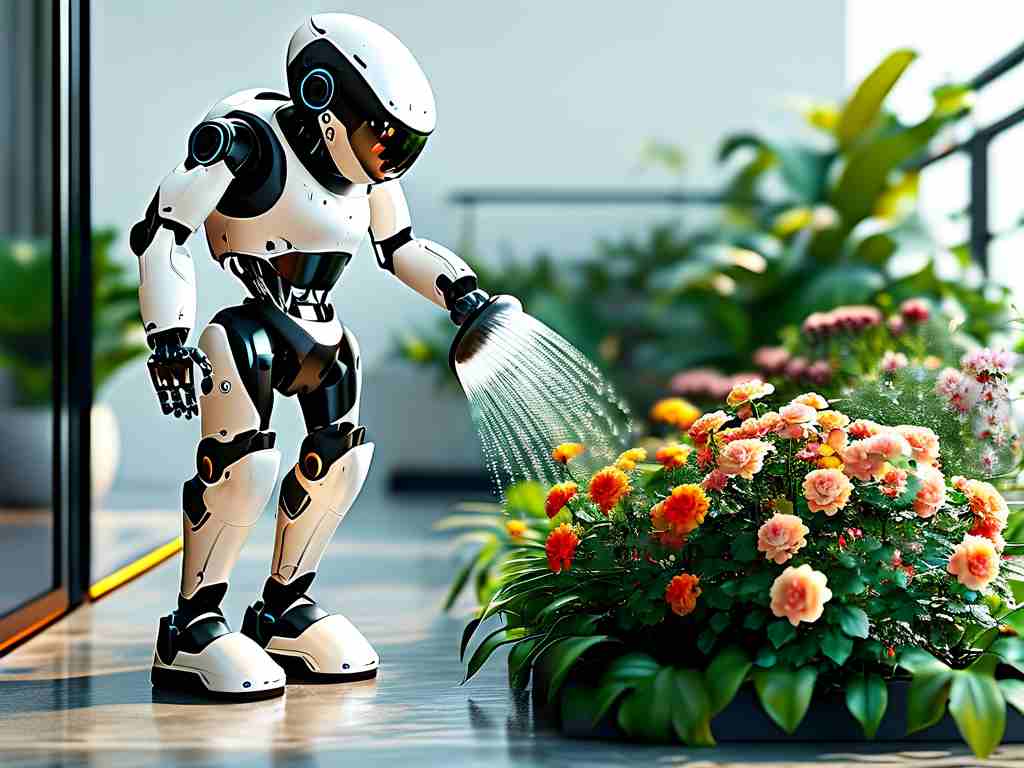
1. Fundamental Framework
At its core, robotic watering technology relies on three interconnected components: environmental sensors, decision-making algorithms, and precision actuators. Soil moisture sensors – typically capacitive or resistive types – measure real-time hydration levels at varying depths. Microclimate detectors simultaneously collect air temperature, humidity, and light intensity data. These inputs feed into a microcontroller unit (MCU) running machine learning models trained on plant species databases, enabling the system to distinguish between drought-tolerant cacti and water-dependent ferns.
2. Adaptive Water Delivery
Unlike traditional sprinklers, robotic systems employ targeted watering through adjustable nozzles. Some advanced models use computer vision to identify individual plant positions. For instance, the GreenBot X3 model combines LiDAR mapping with infrared cameras to create 3D terrain models, allowing it to navigate around obstacles while calculating optimal water trajectories. This spatial awareness prevents overspray and ensures each plant receives customized hydration based on its species profile and growth stage.
3. Energy and Resource Optimization
Solar-powered units exemplify sustainability in action. The HydroDrone 500 series integrates flexible photovoltaic panels with kinetic energy harvesters that recharge batteries during movement. Water conservation is achieved through flow rate modulation – systems like AquaSavvy Pro can reduce usage by 40% compared to drip irrigation by employing predictive weather analytics. When rain is forecasted, the robot automatically postpones scheduled watering cycles.
4. Machine Learning Integration
Neural networks process historical and real-time data to refine watering strategies. A case study at Stanford's automated greenhouse demonstrated how reinforcement learning helped robots adjust strategies for tomato plants. Over 12 weeks, the AI reduced water consumption by 22% while increasing yield by 15% compared to human-managed controls. These systems continuously update their knowledge bases through cloud connectivity, sharing insights across networked devices.
5. Challenges and Innovations
Current limitations include sensor calibration drift in saline soils and navigation errors in dense vegetation. Emerging solutions involve self-cleaning sensor arrays and hybrid radio-frequency identification (RFID) tagging for plant identification. The latest TerraCortex robots use millimeter-wave radar to penetrate foliage, maintaining positioning accuracy even in complex environments.
As climate change intensifies water scarcity, robotic irrigation systems are evolving beyond agricultural applications. Urban vertical farms and residential smart gardens now deploy scaled-down versions of this technology. Future developments may incorporate nanotechnology-based soil treatments and plant-level biochemical monitoring, potentially enabling robots to detect nutrient deficiencies before visible symptoms appear. This technological convergence promises to transform how humanity cultivates plants in an increasingly resource-constrained world.


